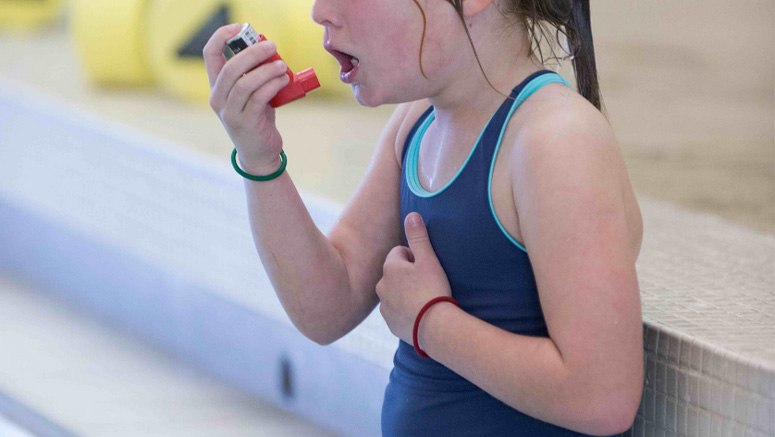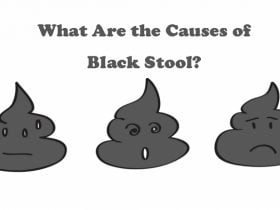Dry drowning is not a medical term, and it is different from drowning itself. While drowning is defined as difficulty breathing when you get water in your airways, usually when you get in a water body or while bathing. When you suffer any form of drowning, you should get help right away to avoid the fatality of drowning.
Dry drowning, on the other hand, is not even a medical term or a diagnosis. It is a phenomenon that the doctor refers to as post-immersion syndrome. Dry drowning explains the rare occasion when water never reaches the lungs but still when you breathe in the water. It causes the vocal cords to spasm and close up, making it hard for one to communicate; it would also shut off the airways, which would make it hard to breathe. Dry drowning occurs mainly in children, and it is also a rare occasion of drowning that has the possibility of 1%-2%.
You should know that dry drowning does not just happen out of nowhere. One should watch out for signs and symptoms after a swimming session, a near-drowning experience, or any other water incident to rule out the possibility of dry drowning.
Dry drowning and secondary drowning
Both dry drowning and secondary drowning are a result of an incident that happen underwater. While dry drowning happens in less than one hour after taking in water, secondary drowning may not occur after 48 hours of a water accident.
Secondary drowning is slightly different from dry drowning and more similar to what we would refer to as drowning itself. It is caused by the accumulation of water in the lungs, which would then cause breathing difficulty. Both dry drowning and secondary drowning are severe health conditions that can be fatal and should not be treated lightly.
Symptoms of dry drowning

Dry drowning causes the vocal cords to close up over the windpipe. The medical term of this effect is called laryngospasm. Laryngospasm causes breathing to be difficult, it may not be too serious, and one could get over it after some remedies; at the same time, it could also be very severe that it would prevent oxygen from getting in or out of the lungs.
The warning signs and symptoms of dry drowning would become noticeable after like an hour of coming out of the water. Some of the symptoms to observe after a water incident that could mean dry drowning include:
- Chest pain
- Trouble breathing or speaking
- Coughing
- Feeling extremely tired
- Irritability or unusual behavior
It is essential to stay close to your child and monitor them after a water experience to ensure they breathe fine. This is because if the child begins to experience difficulty breathing, they won’t speak or express their other symptoms.













